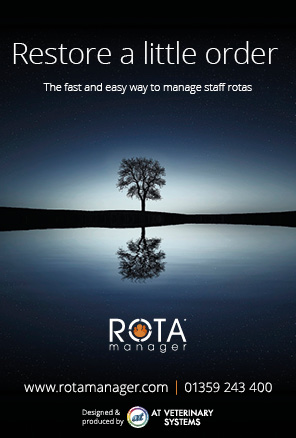New Findings About Bird Movement
RVC research has discovered that birds use a 'hybrid' gait at intermediate speeds.
Humans walk with relatively stiff limbs, ‘vaulting’ over a leg each step and run with more compliant legs with a flight phase between each stance. However, these new findings indicate that there is a gait totally unfamiliar to normal humans, which involves achieving both walking-like vaulting and running-like ballistic mechanics during the hybrid gait.
The RVC’s Structure and Motion Laboratory team discovered that guinea fowl and pheasants never quite take off during the ballistic phase. Researcher Dr. Jim Usherwood refers to this hybrid gait as ‘Grounded Inverted Pendular Running’ or the GIPR gait, for short.
“The ‘GIPR’ involves both relatively stiff-limbed walking-like vaulting over midstance, and near-ballistic running-like phases between stances,” explains Usherwood. “This discovery supports the previous idealised models of walking and running which demonstrate that, energetically, walking should be favoured up to, and even somewhat over, those speeds and step lengths that can be achieved while retaining the stance leg under compression.”
Recently, numerical energetic optimisations of reductionist models have considered a huge range of potential bipedal gaits, and demonstrated that walking and running, and this third, strange, hybrid gait should be favoured at certain speeds and step lengths.
The hybrid gait supports the notion that many aspects of gait mechanics can be understood without requiring detailed musculoskeletal models or a presumption of spring-like leg properties.
“This new gait supports the notion that many aspects of gait mechanics can be understood without the need for detailed musculoskeletal models or a presumption of spring-like leg properties. It also raises the possibility that hybrid or unconventional gaits might be valuable in improving the efficiency of bipedal robots,” concludes Usherwood.



 The RCVS has announced a new version of its 1CPD mobile app, with enhanced features for veterinary surgeons and veterinary nurses to record their continuing professional development.
The RCVS has announced a new version of its 1CPD mobile app, with enhanced features for veterinary surgeons and veterinary nurses to record their continuing professional development.